30 Greatest Scorsese Film References
Marty’s film school is now in session…
Safety Last (1923)
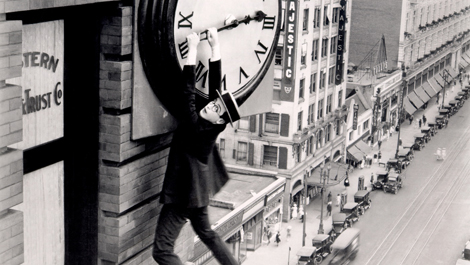
As Seen In: Hugo (2011)
The Shot: It’s well known that Martin Scorsese likes to weave a few nods, winks and Easter Eggs into his films – paying homage to the movie that inspired him. With Hugo practically a cinema history lesson disguised as a kid’s movie, the references come thick and fast.
Among the more iconic nods and winks lies the set-piece on the station clock – taking its cue from Harold Lloyd in one of cinema’s most famous stunts as he hangs (for real) from a hands of a clock in Safety Last .
The Leopard (1963)

As Seen In: Gangs Of New York (2002)
The Shot: Luchino Visconti’s sumptuous Italian period drama, The Leopard , is one of Scorsese’s favourite films – and he often finds room for a reference or three (not least during the ballroom scene in The Age Of Innocence ).
Gangs Of New York is no exception, with shots of Bill The Butcher (Daniel Day Lewis) framed by fireworks and an overhead angle of soldiers marching through a dust cloud mirroring camera angles from the 1963 classic.
Psycho (1960)
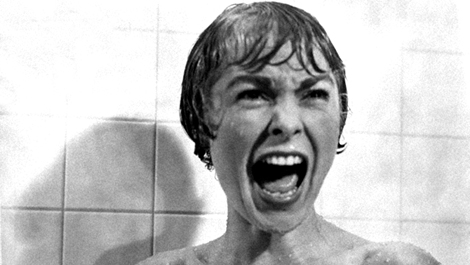
As Seen In: The Departed (2006)
The Shot: With Matt Damon in the shower, Vera Farmiga seizes the opportunity listen to his secret tape recording and Marty seizes the opportunity to throw in a few Psycho shower shots – matching just enough angles and cuts to wink at Hitchcock’s slasher without turning the scene into a pastiche.
Freaks (1932)

As Seen In: The Wolf Of Wall Street (2013)
Bringing all the latest movie news, features, and reviews to your inbox
The Shot: “One of us! One of us!” First picked up by Robert Altman in his Hollywood pastiche, The Player (1992), Tod Browning’s cult circus sideshow horror film makes another reappearance in the form of it’s most famous quote – used in The Wolf Of Wall Street as an ironic comment on the people still chanting it (without knowing why).
Freaks (1932)
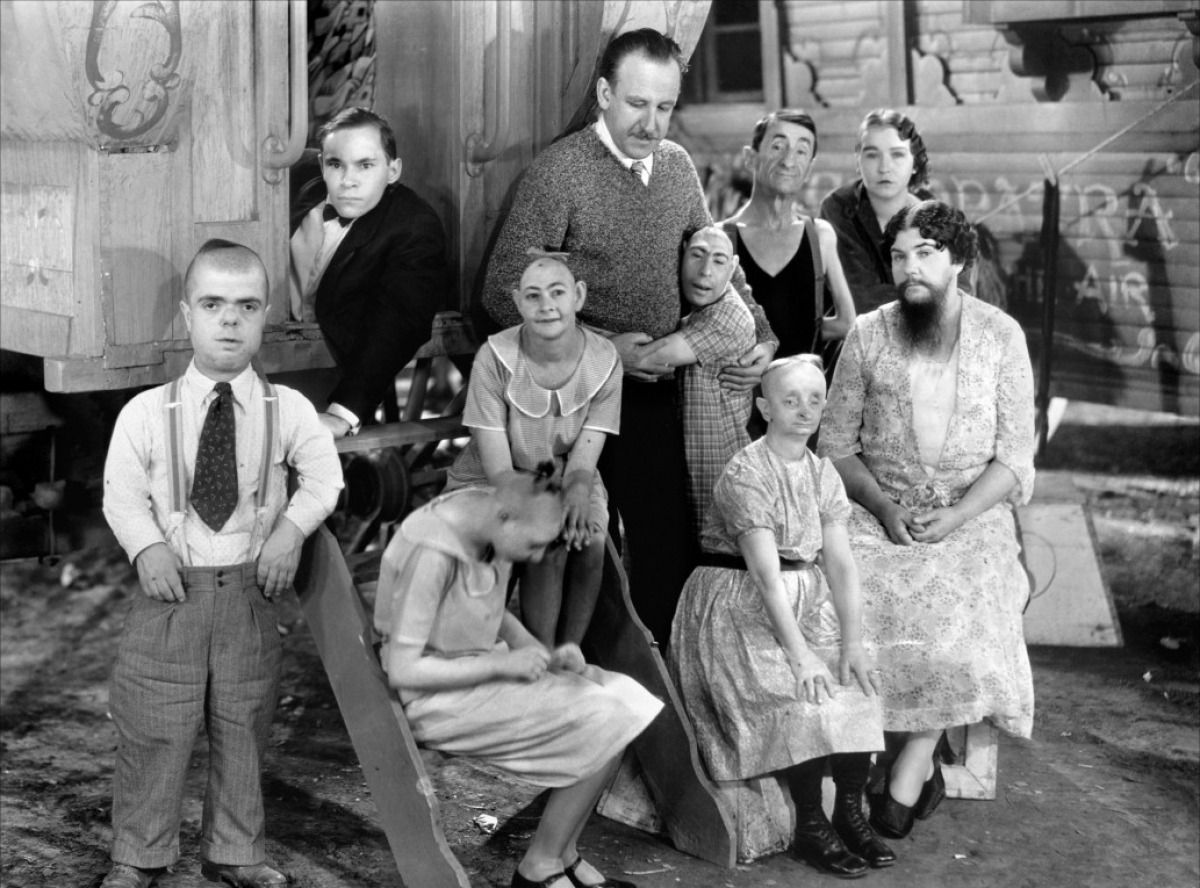
As Seen In: The Wolf Of Wall Street (2013)
The Shot: “One of us! One of us!” First picked up by Robert Altman in his Hollywood pastiche, The Player (1992), Tod Browning’s cult circus sideshow horror film makes another reappearance in the form of it’s most famous quote – used in The Wolf Of Wall Street as an ironic comment on the people still chanting it (without knowing why).
Kill, Baby, Kill (1966)
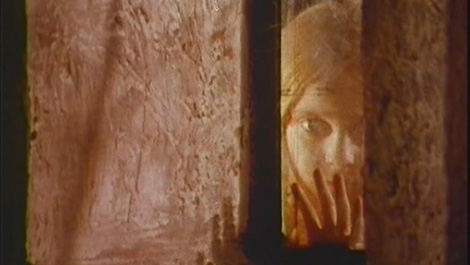
As Seen In: The Last Temptation Of Christ (1988)
The Shot: Scorsese’s take on Nikos Kazantzakis’s cerebral, revisionist New Testament treads carefully around the religious films that influenced him in his youth (a time when he toyed with the idea of entering the priesthood) – with King Of Kings, The Robe, The Greatest Story Ever Told, Ben Hur, The Gospel According To Matthew and even The Life Of Brian making subtle appearances.
But needing to show the devil in human form, Scorsese took inspiration from a more unusual source – citing Mario Bavo’s Italian horror (and Fellini’s Toby Dammit ) for his decision to show Satan as a little girl.
Kill, Baby, Kill (1966)

As Seen In: The Last Temptation Of Christ (1988)
The Shot: Scorsese’s take on Nikos Kazantzakis’s cerebral, revisionist New Testament treads carefully around the religious films that influenced him in his youth (a time when he toyed with the idea of entering the priesthood) – with King Of Kings, The Robe, The Greatest Story Ever Told, Ben Hur, The Gospel According To Matthew and even The Life Of Brian making subtle appearances.
But needing to show the devil in human form, Scorsese took inspiration from a more unusual source – citing Mario Bavo’s Italian horror (and Fellini’s Toby Dammit ) for his decision to show Satan as a little girl.
The Public Enemy (1931)
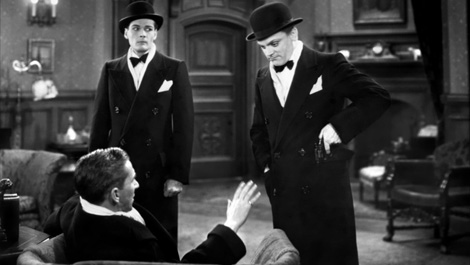
As Seen In: The Departed (2006)
The Shot: Dripping menace in the scene when Frank Costello (Jack Nicholson) surprises Billy Costigan (Leonardo Di Caprio) in his apartment, Scorsese tips his hat to the original gangster movie – The Public Enemy – shot matching the scene when ‘Putty Nose’ is bumped off by James Cagney.
Battleship Potemkin (1925)
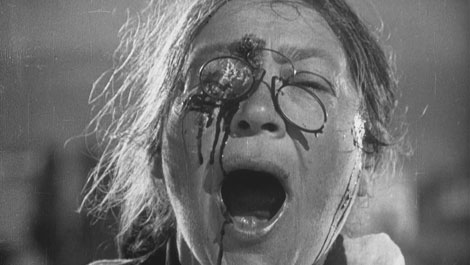
As Seen In: Gangs Of New York (2002)
The Shot: Sergei Eisenstein ( Battleship Potemkin ), Orson Welles ( Chimes At Midnight ) and Sam Peckinpah ( The Wild Bunch ) all play their part in Gangs Of New York ’s opening street brawl – with montage cross-cuts and extreme close-ups lifting shots and edits from each to make one hectic, honorary battle scene.
Tabu: A Story Of The South Seas (1931)
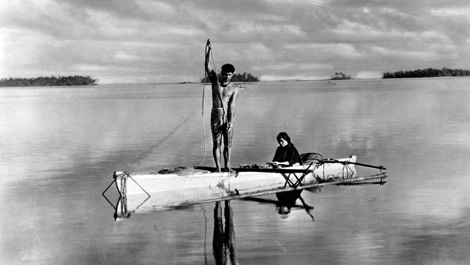
As Seen In: Cape Fear (1991)
The Shot: Themes of taboo run through Scorsese’s psychological thriller – in more ways than one. Look closely at the boat used in the finale and you’ll see the name Moana – a tribute to the boat used in F.W. Murnau's docufiction riff on Paradise Lost (which itself references producer Robert J. Flaherty’s 1922 silent ethnographic film Moana ).


